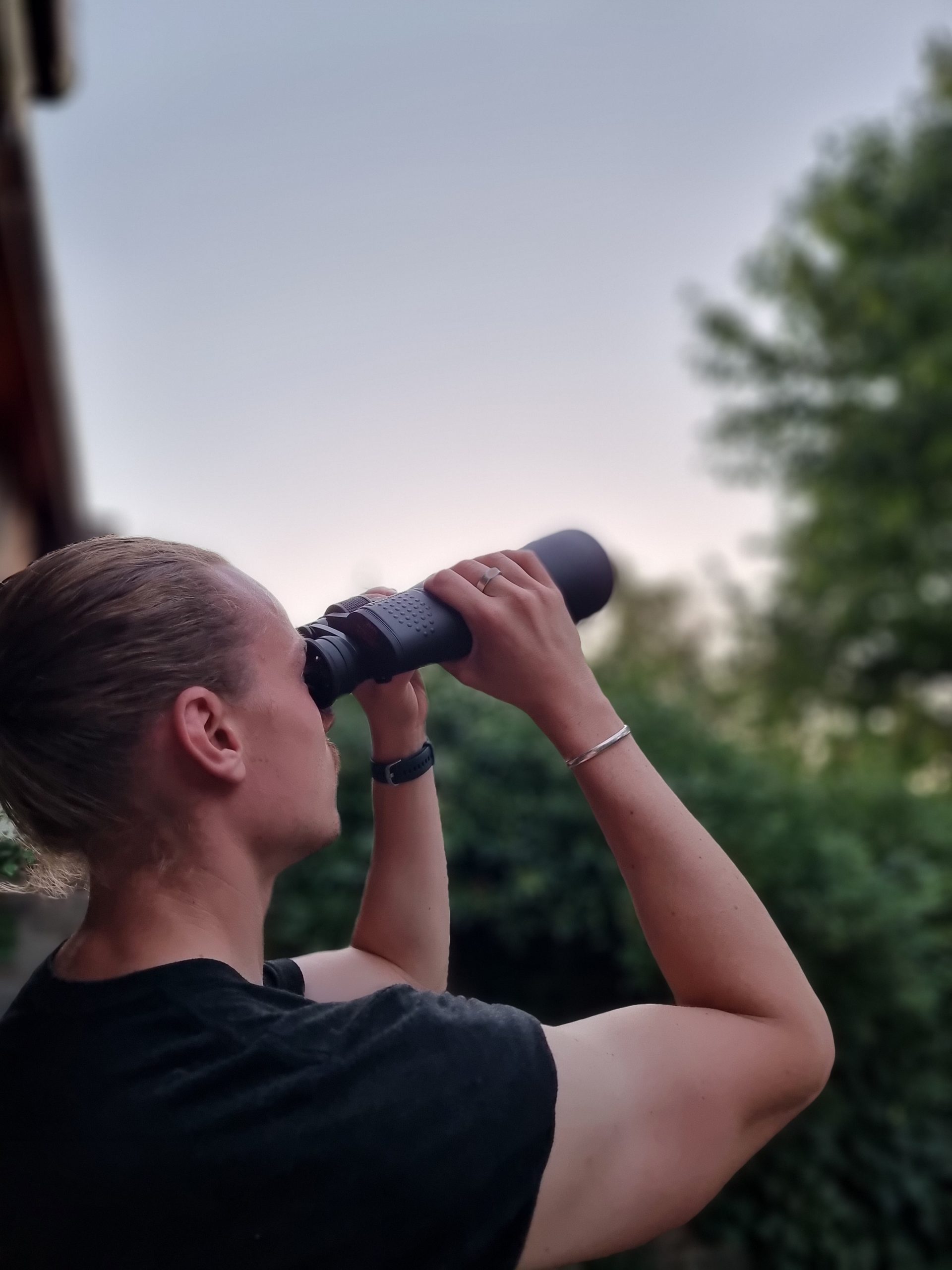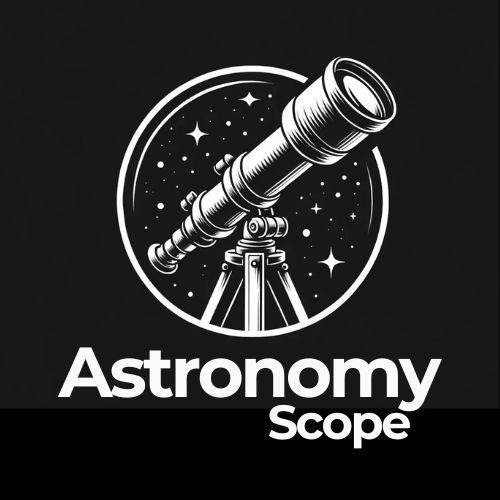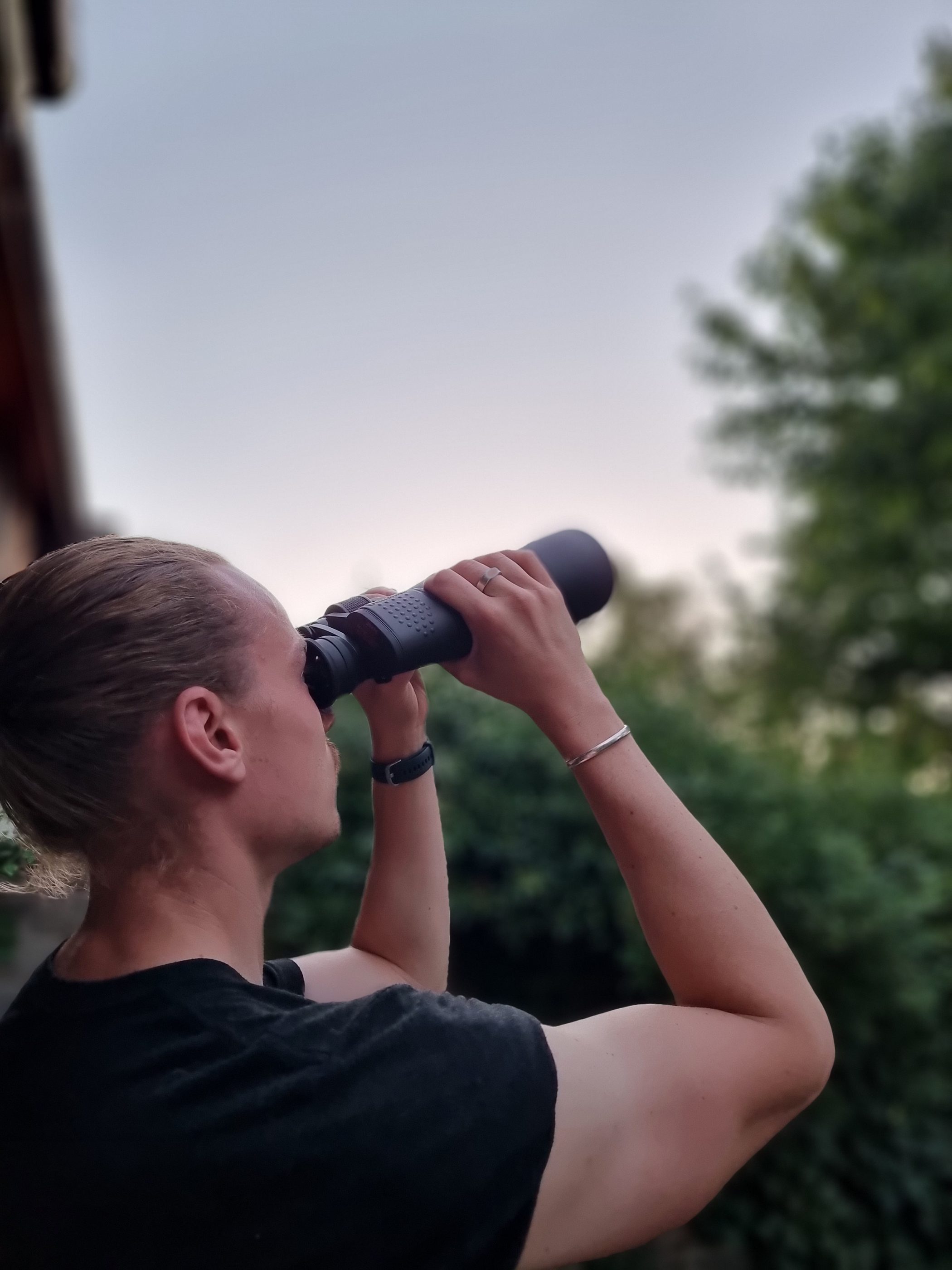If you have invested in a telescope then you’re going to want to take care of it. Telescopes are large by design, so they are not the easiest to store away when they are not in use. A common question always arises around where you can leave your telescope. Leaving them outside is often one of them.
So, can you leave a telescope outside? You can leave a telescope outside, but it is always preferable to keep it firmly undercover and protected from the elements. You can purchase a telescope cover that will protect your telescope from air pollution, insects, rain, dew, and other forms of dust.
Long term, however, you are likely to want to consider a more substantial and secure place to store it, like an out-building or structural cover.
If possible, bringing it into the house from time to time is also advised and may be preferable if you have the option.
What is possible will ultimately depend on your telescope type, the quality of the components, your local climate, and the current season.
I own a number of telescopes and I often ponder questions like this.
So I decided to contact some telescope manufacturers (including Celestron) and conduct some research among fellow astronomers to get a definitive answer once and for good.
Dangers Of Leaving A Telescope Outside
Buying a Telescope will likely be one of the most expensive that you make (on astronomy equipment anyway!)
Telescopes, particularly those from brands like Celestron/Orion, are built to last with high-quality components.
This, however, does not mean that you should neglect proper and maintenance.
You should always handle it and store it carefully and you should always do your utmost to keep it protected from the weather and the elements.
They also typically come with caps that you can place over your optics to keep them protected whenever the telescope is not in use.
You should always be sure to make use of these, even if you are looking to use your telescope again shortly after your current viewing session.
Even with careful and proper handling, care and preparation, leaving your telescope outside is not without danger.
Naturally, there is a lot that can happen outside that can risk damage. Here are just some of them to consider:
- Torrential Rain,
- Fog and Dew,
- High Winds/Falling Objects,
- Insects, Bugs and Animals,
- Dust and other Air Pollution Particles,
- Theft
Being aware of the various dangers above can help you to minimize the risk of damage.
It can enable you to understand what specific risks apply to you and how you can go about minimizing them.
The dangers will obviously vary quite considerably depending on where you place your telescope and the environment it is placed within.
Can You Leave A Telescope Outside?
You can leave your telescope outside. But whether this is optimal and safe will depend on circumstances, contexts, the season, and the general safety of your area.
I routinely leave my telescope outside, and there are a lot of reports of others doing the same without any long-term damage or impact to the equipment.
It works for me and it works for others, but this is obviously dependent on my individual scenario and setup.
So whether you can, or would even want to, leave your telescope outside will be a call that you will personally have to make.
What may be preferable and possible for some of you reading may not ultimately be for others?
You will have to make a judgment call (which may even change at different times and periods during the year).
Here are some of the factors you will want to take into consideration:
Factors To Consider
- Size and Weight of the Telescope
- Set Up Difficulty
- Places To Store
- Extreme Climates (Heat/Cold)
- Season
- Quality of Telescope Components (Cheaper Telescopes vs Expensive Telescopes)
When you review the above factors, you’ll soon be able to understand whether you can actually leave your telescope outside without risk.
For example, if you live in an environment with a more stable temperature, with minimal rainfall and you’re telescope is built with formidable materials (the more expensive telescopes generally are) then you’ll be fine to leave your telescope outside.
However, at the other extreme, leaving it outside long term may not be the best idea.
Then you may have a mixture of the factors above making it more of a difficult call. For this you may need to think more finely.
Obviously larger and heavier telescopes are harder to move; to the point where moving it inside regularly may not be practical.
Not only do heavy telescopes present a physical challenge but you also risk knocking it off collimaiton.
This is particularly true of Dobsonians, especially those with larger apertures (e.g. 12″).
Another factor that presents a challenge is the setup. A lot of telescopes can be set up with basic tools and its intuitive to do so.
However, if you have a more advanced telescope or additional accessories taking them on and off unnecessarily can sometimes be avoided by keeping your telescope in a more permanent and fixed position.
You’ll also want to think about your local and current climate and season. Are you located somewhere with consistent heavy rain, fog, and high winds.
If so, leaving your telescope outside may not be a good idea.
However, for periods of the year, or sometimes all year round, these things are not an issue.
The main thing is that your telescope is protected.
As long as you have measures in place to ensure that, then you and your telescope should be perfectly fine.
Should You Leave A Telescope Inside?
Another truth is, it may not always be possible or preferable to bring your telescope inside.
The options you have to store your telescope away are also important. Is moving it inside actually better than leaving it outside?
Do you even have the capacity to store it and the storage space available?
Some examples of where moving it inside would not be advised is where you have damp conditions, like a basement or garage.
In those situations moving it inside may actually pose more of a risk as the high levels of moisture can damage the optics.
You’ll’ also want to be sure not to store your telescope in a place where it can get very hot.
Attics and garages are prime examples where the temperature can climb too high.
This heat can cause surface damage to the Mirrors of reflecting telescopes and weaken the glue holding the Achromat lenses of refracting telescopes in place.
How To Leave Your Telescope Outside
If you do decide to leave your telescope outside, then you are going to want to ensure you protect it as much as you can. This should be true regardless of your local environment and the conditions that are presented to you.
One of the best things that you can do if you intend to leave your Telescope outside is to get a strong, durable, and resilient Telescope Cover.
I personally use the Orion Scope Cloak because it is made from heavy-duty reflective, tear-resistant fabric and has a waterproof lining.
It is held firmly in place, even in high winds, and is resilient against heavy rain.
I was actually surprised at how cost-effective they are over at Amazon:
- Scope Cloak protects your telescope when it's idle, shielding it from the elements
- Between viewing sessions, Scope Cloak will keep your instrument clean and dry
- The Orion Scope Cloak is made from heavy-duty reflective, tear-resistant fabric with a waterproof lining
- Fits mounted reflector telescopes up to 6" in aperture, short refractors up to 120mm (4.7"), and Schmidt-Cassegrains up to 11"
- Includes a handy carrying pouch for convenient storage when not in-use
With a telescope cover, you should be sure to have it securely fixed whenever your telescope is not in use.
This is true regardless of season, even if it is not forecasted to rain and even if you live in warmer conditions with lower moisture levels.
You will also want to make sure that you do not leave your telescope in the center of the lawn or in an area whereby it is exposed to the elements.
For example, it is better placed against a wall, on the Patio, or within the corner of your Garden to limit the impact of wind and rain.
It is also advised not to leave your telescope under any trees, near any bushes or hedges that could be a breeding ground for insects and bugs.
Better yet, if you have any outbuilding or Shed, this may be an ideal option to store your telescope away.
Again, outdoor buildings can also suffer from dampness so a durable cover should always be placed over your telescope if you opt for this as a solution.
How To Bring Your Telescope Inside
To best protect your Telescope if you do decide to bring it in (after use) or after a period of it being left outside, you’ll also want to consider how you actually do this.
You should have a clear idea of where and how you are going to store it and you should be careful not to knock it against any surfaces.
Refrain from using your telescope as a support, like hanging coats and other items.
This can damage the mechanics of the telescope and prevent it from aligning and working optimally.
Another thing to consider, believe it or not, is too drastic changes in temperatures and conditions.
This can damage your telescope optics and can also cause issues with fogging.
This is why leaving your telescope outside also provides a benefit, as temperature changes are often more subtle over a period of time.
To better transition from a colder climate outside to a warmer climate inside, close all of the telescope caps when you are outside before you come in and keep them closed.
You want to prevent the warmer air from coming into contact with the surfaces of the lenses.
To prevent internal moisture, you can always tape Silica Gel to the inside of the Objective Cap.
If you remove the caps once you come inside you’re going to come into issues as your scope will still be at outside temperature (which is typically cooler) than inside air.
This will result in condensation as your cooler optics interact with the humidity.
So, my advice is to let your telescope sit with the caps on and warm to room temperature before you take them off!
Final Words
Protecting your telescope is the main priority, so if you are not entirely sure if it will be safe and best for its longevity, it’s always best to bring it inside (if possible of course!)
If not, your second best bet is under a protected cover like an outbuilding or shed.
For me, my protective Telescope Cover works great and has provided me with greater flexibility whilst freeing up time; so I would thoroughly recommend getting this one from Amazon.
They’re relatively inexpensive and yield a lot of benefits.
Even if you do not want to leave your Telescope outside for extended periods, it’s a great option for the odd night here and there and is even useful in between same-day observations.
Hopefully, by now, you are more comfortable with the idea of leaving your telescope outside.

Hey, my name is Jeremy. I’m a passionate and seasoned astronomer who loves nothing more than observing the night sky. I also love researching, learning, and writing all things Space and the Universe. I created Astronomy Scope to share my knowledge, experience, suggestions, and recommendations of what I have learned along the way while helping anyone to get into and maximize their enjoyment of the hobby.


